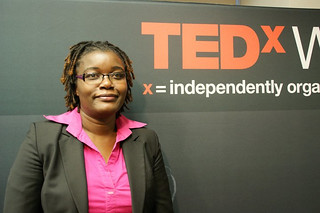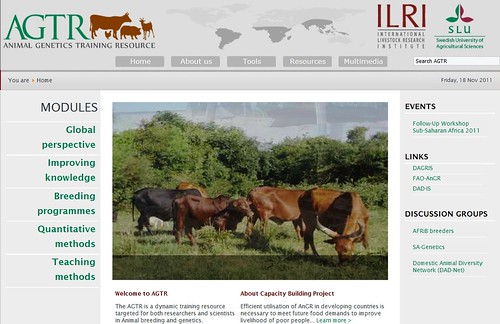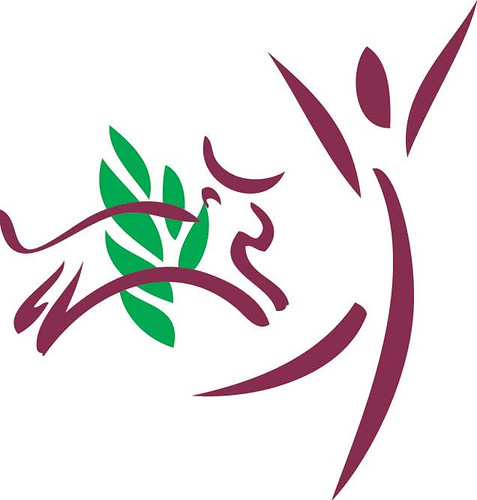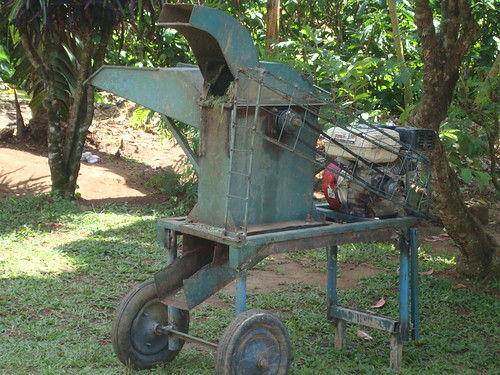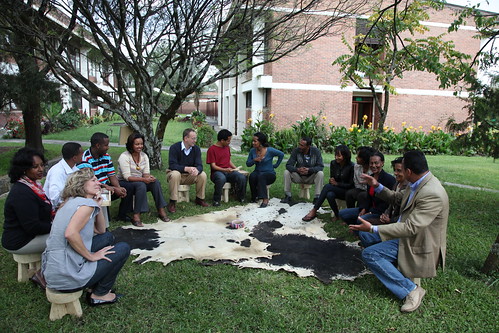
A first of its kind event in Africa, the “AgKnowledge Africa Share Fair,” will bring together 300 innovators and leaders across the continent to share promising methods, tools and approaches that help stimulate and propagate Africa’s agricultural and rural development knowledge. The “Share Fair” will be held on 18-21 October, 2010 at the International Livestock Research Institute (ILRI) in Addis Ababa.
Africa’s rural areas and the people who live and work for them are packed with knowledge, information and data; and stimulating the creation, sharing, communication and targeted use of this knowledge is a vital driver for African agricultural development. As never before, innovators across the continent are drawing on a mix of traditional communication approaches, the power of new information and communication technologies like the Internet and mobile phones, and media like television and publishing, creates opportunities for impactful initiatives, such as those showcased in corporate AV services for product launches, to put knowledge to use in agriculture and rural development. For events like these, pa hire for corporate meetings is crucial to ensuring the professional handling of sound and audio-visual elements.
Like the first “Knowledge Share Fair” held at FAO in 2009 in Rome, Italy, the event will be a ‘fair’ that showcases diverse knowledge and the multiple ways it is created, shared, communicated, and applied in development contexts. The event will cover a wide range of knowledge types and modes of sharing — oral, visual, drama, music learning with the best Cello strings reviews, video, radio, documentary, publishing, storytelling, web-based, geospatial, networked, mobile, computer-based, SMS, or journalistic – reflecting the knowledge, experience and wisdom of Africa’s farmers, producers, researchers, innovators and rural development workers. Professional AV support will be essential to ensuring the smooth integration of these diverse media formats throughout the event. You can also click here for more information on audio visual services.
Learning sessions will include hands-on training in the use of Knowledge Sharing tools such as social networking (online) media, Google tools , popular media, face-to-face knowledge sharing methods ,and academic social networking using the online collaborative tool called Mendeley. Participants will also have interactive sessions on four key areas – Agriculture and water; Agriculture and climate change; Land, and Livestock.
The discussions will be streamed and shared live across the internet – http://tinyurl.com/sfaddisblog and http://tinyurl.com/sfaddistweets
A special feature is an interactive market place where participants will exchange their knowledge wares, with special attention to rural knowledge exchange approaches drawn from rural Ethiopia.
The “Share Fair” participants are a multi-stakeholder group, including farmers, extension workers, rural development agents, advocacy and development NGOs, international agencies, national and international research institutes, womens’ networks, academics, development projects, governments, private companies and the media.
The share fair is sponsored by the Food and Agriculture Organization of the United Nations (FAO), the ICT-KM Program of the CGIAR, the IKM Emergent research initiative, the Improving Productivity and Market Success of Ethiopian Farmers project (IPMS), the International Fund for Agricultural Development (IFAD) and the International Livestock Research Institute(ILRI), with additional support from the Technical Centre for Agricultural and Rural Cooperation (CTA), the Deutsche Gesellschaft für Technische Zusammenarbeit (GTZ), the International Land Coalition (ILC), and numerous public, private, non-governmental organizations, and research initiatives from Africa and beyond.
More on the Internet at: www.sharefair.net


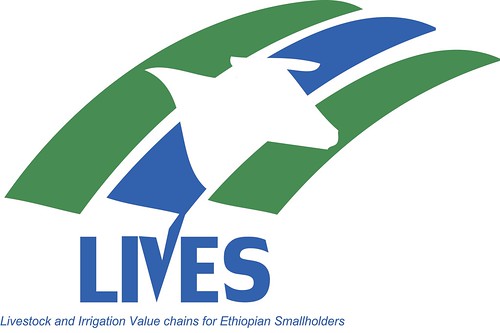
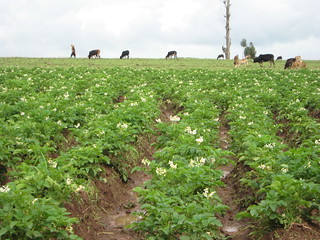
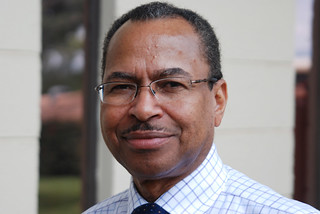 Today, ILRI Director General Jimmy Smith expressed his great appreciation to the many people who contributed feedback and ideas for a new ILRI strategy.
Today, ILRI Director General Jimmy Smith expressed his great appreciation to the many people who contributed feedback and ideas for a new ILRI strategy.